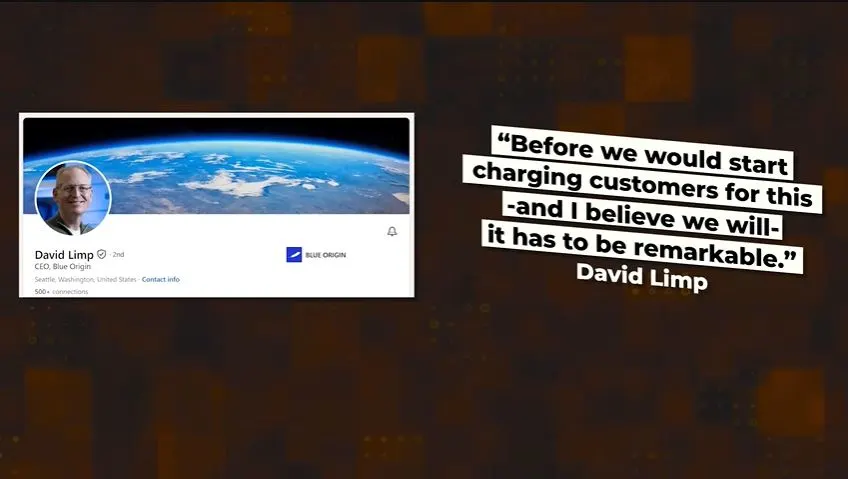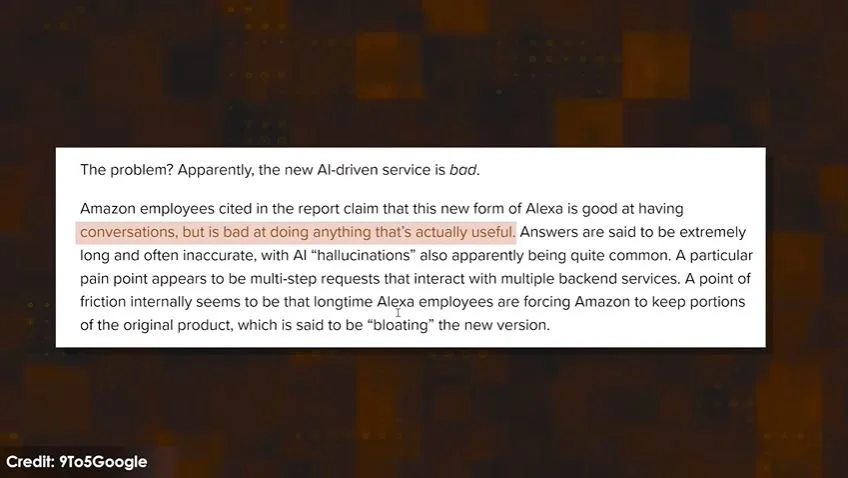Technology is always changing, and sometimes, people start talking about how popular services might start charging subscription fees. Recently, some people have been asking if Amazon’s Voice Assistant will start doing this, too.
In this article, I aim to provide in-depth information about Amazon’s plans for its Voice Assistant. We will explore the latest developments and updates related to this technology and clarify any confusion that may exist.
Whether you are a technology enthusiast or a business owner looking to integrate voice assistants into your operations, this article will provide you with valuable insights. So, buckle up and get ready to dive into the world of Amazon’s Voice Assistant.

By continuing to use this website you agree to our Terms of Use. If you don't agree to our Terms, you are not allowed to continue using this website.
Understanding Amazon’s Approach to Voice Assistant Subscription
Multiple reports have been circulating in the media about Amazon potentially implementing subscription fees for its Voice Assistant. To help us understand Amazon’s strategy, David Limp, the former head of the Amazon Hardware team, has highlighted three crucial factors that could influence the decisions regarding subscription fees.
According to Limp, the first factor is the quality of the Voice Assistant. It is essential to note that any charge for the Voice Assistant will only be implemented if it becomes truly remarkable. Amazon understands that its users need to perceive the Voice Assistant as a valuable investment before they can agree to pay for it.
The second factor that could influence Amazon’s decision regarding subscription fees is the cost of transitioning to a new generative AI experience. Amazon is currently facing substantial costs in transitioning to a new AI experience that will take its Voice Assistant to the next level.
Therefore, they need to weigh the potential revenue from subscription fees against the cost of transitioning to a new AI experience.
The third and final factor that could influence Amazon’s decision is the popularity of the current Voice Assistant. The current Voice Assistant is loved by many users across the globe, and Amazon understands that users may not be willing to pay for a service that they have been getting for free. Therefore, Amazon is expected to keep the current Voice Assistant free.
Amazon is not planning to implement subscription fees for its Voice Assistant anytime soon. However, if the Voice Assistant becomes truly remarkable and Amazon incurs significant costs in transitioning to a new AI experience, they may consider implementing subscription fees in the future.
Assurance for Existing Device Users
Amazon has recently addressed concerns regarding their smart devices and clarified that the existing Voice Assistant will remain accessible to users as long as they continue to use the device without interruption.
However, if users wish to access advanced features and functionalities, they will be required to pay a monthly subscription fee.
This move is aimed at ensuring customer satisfaction and maintaining their trust in Amazon’s products.

The Arrival of Miss A+: A New Frontier in AI
Amazon is all set to launch its latest product, Miss A+, in June. This new voice assistant is powered by generative AI, which promises to deliver a more interactive and advanced experience for its users.
The internal codename for this product is “remarkable Miss A,” which signifies Amazon’s dedication to providing a noteworthy and enhanced version of its voice assistant technology.
With its cutting-edge technology and advanced features, Miss A+ is expected to revolutionize the way we interact with voice assistants.
Seamless Transition for Current Users
At various events, Miss A+ has demonstrated a transition process that’s incredibly user-friendly, putting to rest any concerns about a sudden shift.
Those who are already familiar with Amazon’s current offerings can rest easy knowing that existing Voice Assistant experiences won’t undergo any drastic changes.
In other words, the transition to Miss A+ will be smooth and seamless, maintaining a high level of usability and familiarity for users.
Advanced Features and the Potential Paywall
The Voice Assistant, as it stands, is currently offered as a free service to all users. However, in order to provide more advanced features, such as character and site skills, users may need to pay a fee.
This strategic move is aimed at encouraging users to consider upgrading for additional functionalities that are not available in the basic version.
By doing so, Amazon ensures the sustainability of the service and continues to offer a high-quality experience to all users.

Employee Feedback and Delayed Launch
Despite the anticipation surrounding Miss A+, reports from Business Insider highlight internal concerns. Amazon employees have identified major issues, leading to recommendations for delaying the launch.
One major worry is the potential for “hallucination,” a common challenge with generative AI technology. This internal feedback emphasizes Amazon’s commitment to delivering a flawless product before introducing it to the public.
Learning from Competitors: The Google Bard Connection
As Amazon navigates the landscape of generative AI, it’s essential to consider the competition.
Google’s introduction of Bard, which appears to replace the Google Assistant, mirrors the industry’s shift towards more advanced, conversational AI experiences.
Comparing these developments offers insights into the broader industry trends shaping the future of voice assistants.
Revenue Diversification with Generative AI Technology:
Beyond Voice Assistant subscriptions, Amazon is already deploying generative AI technology in various forms.
Initiatives like Q, catering to developers and businesses, provide additional revenue streams for the company.
This diversified approach allows Amazon to continue generating income while refining its next-generation Voice Assistant.
David Limp’s emphasis on creating a Voice Assistant that users genuinely want to pay for underscores Amazon’s dedication to positive user experiences.
Launching Miss A+ will be a pivotal moment, and Amazon aims to ensure that users find value in the added features, justifying any potential subscription fees.
Conclusion
- Amazon’s journey into the generative AI world with Miss A+ signals a significant shift in the Voice Assistant landscape.
- Users can expect a seamless transition, with the existing Voice Assistant remaining free for the foreseeable future.
- The potential introduction of subscription-based advanced features reflects Amazon’s strategy to sustain and enhance its voice assistant offerings.
- As the industry evolves, staying informed about these developments becomes crucial for users eager to explore the next frontier in voice-assisted technology.

